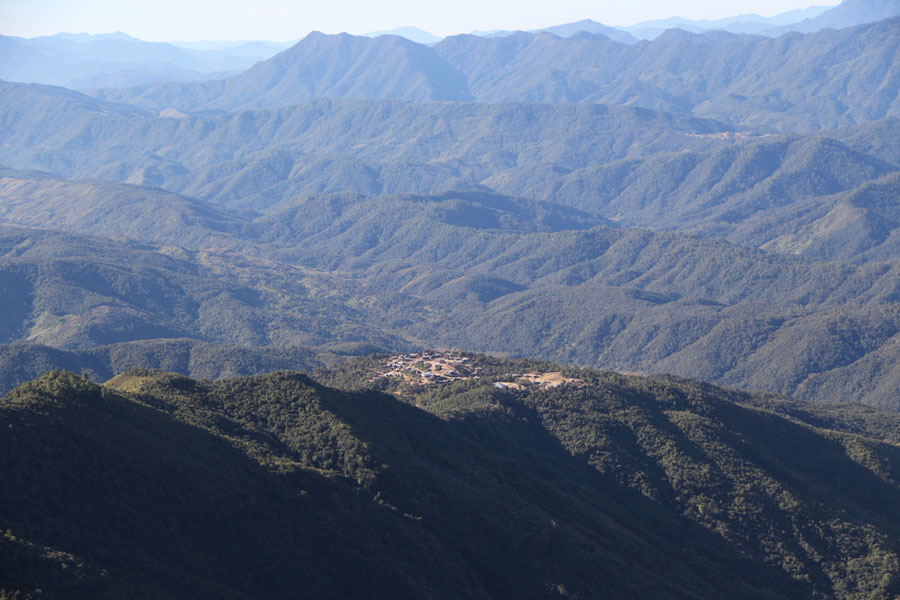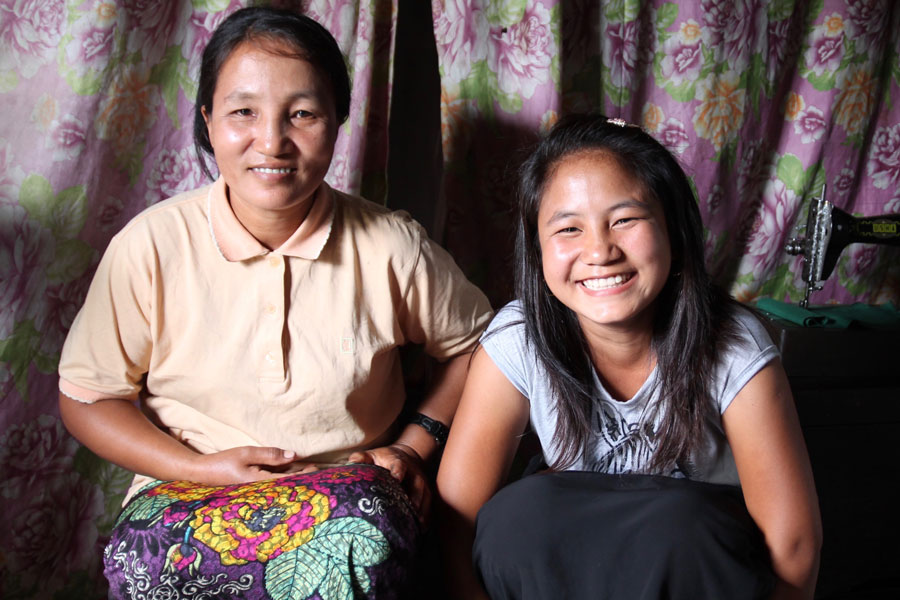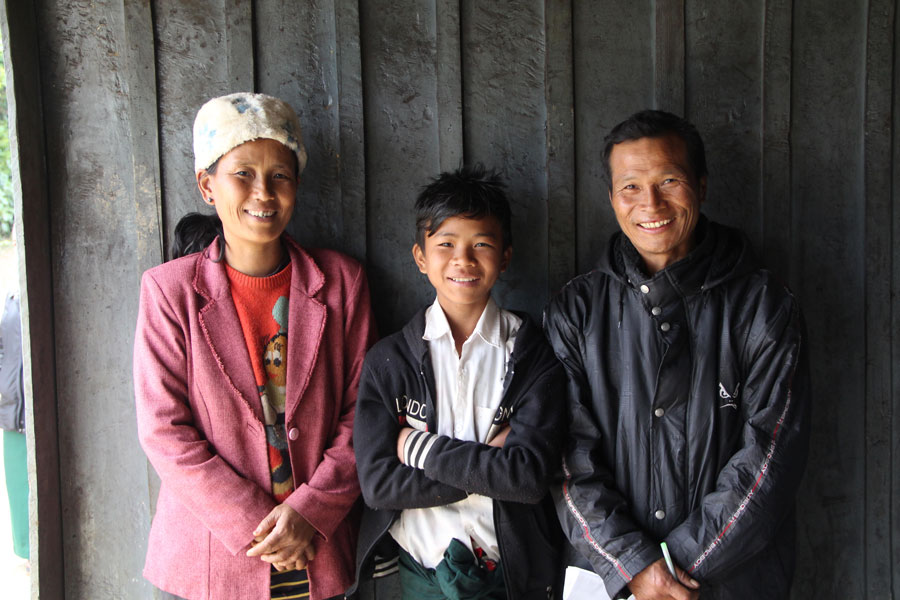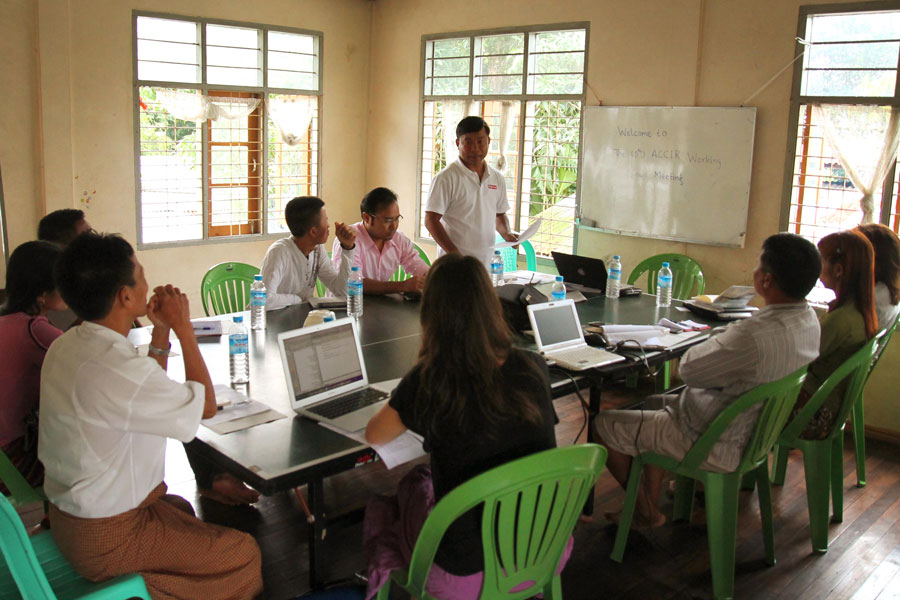“They are really orphans,” David Servant was told while visiting Myanmar to conduct a pastor’s conference in 2002. The founder of Heaven’s Family, David had just been introduced to an orphanage with about 50 children. Seeing their needs, he knew he needed to do something to help them, so when he returned home, he started the Orphan’s Tear Ministry.
We set up a website and started a child sponsorship program, and it took off. Within a few years, we had about a thousand children sponsored in nine countries. We built numerous orphanage campuses and dorms. We bought them rice paddies, oxen, chickens, pigs, and helped some entrepreneurial orphanage directors to fund businesses. All kinds of things to help them sustain themselves.
But the more we got involved, the more we began to realize that these children weren’t orphans. We discovered that most of these children had one or two living parents. So, we began to investigate where these children were coming from and why they were winding up at orphanages.


 Development Issues
Development Issues Unprepared for life
Unprepared for life Lack of love, support and nurture
Lack of love, support and nurture Risk of abuse and exploitation
Risk of abuse and exploitation




